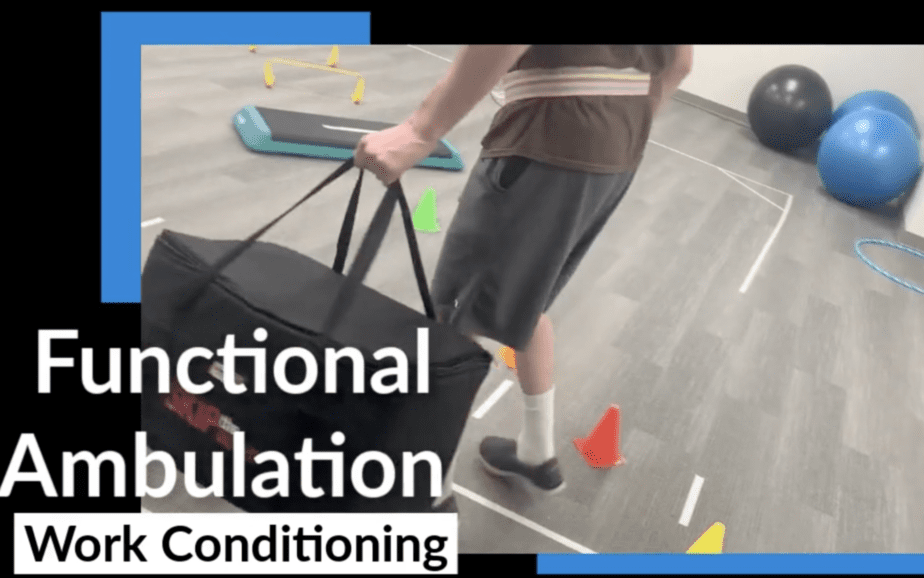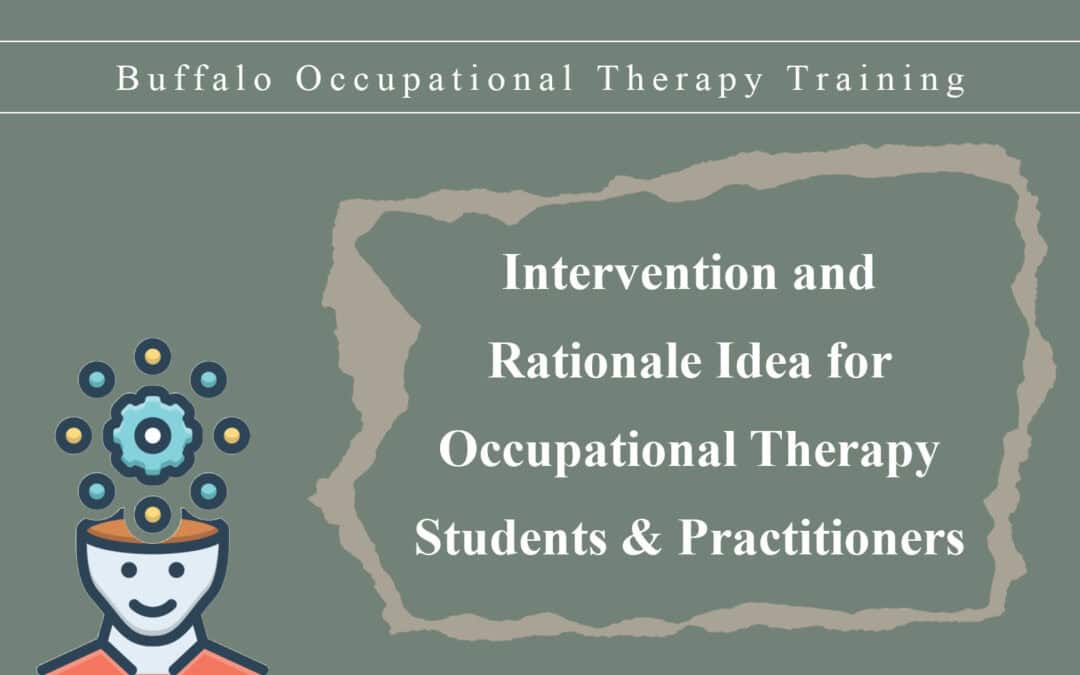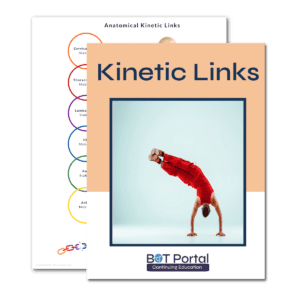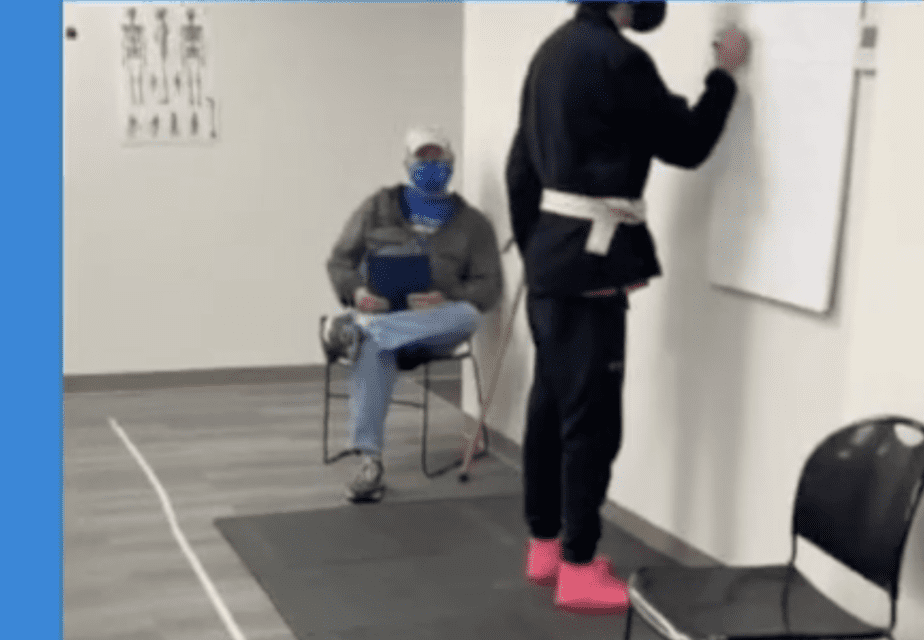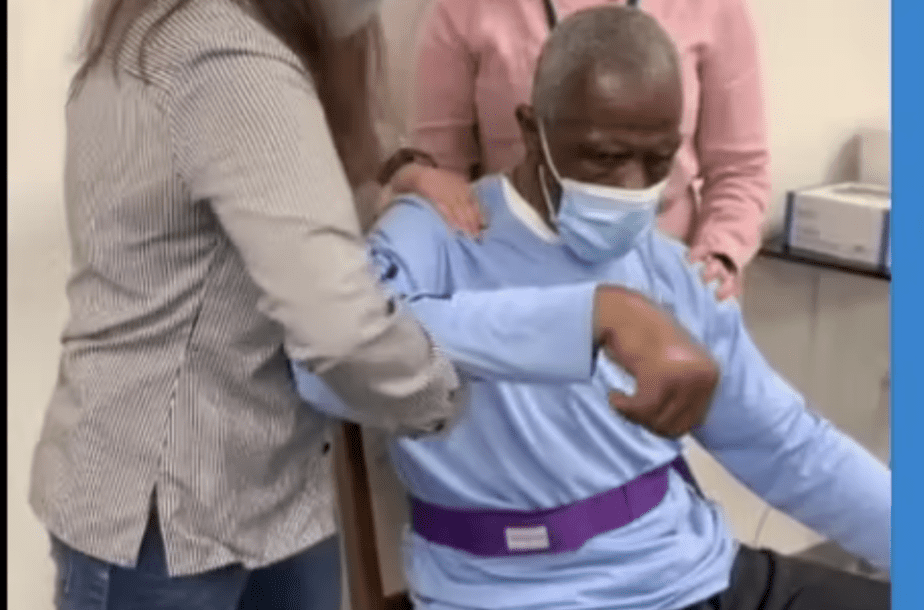
Inhibition Techniques After Stroke
Inhibition Techniques After Stroke
Occupational Therapy Intervention : Neuromusclar Re Education
Documentation and Activity Rationale
The patient engaged in AAROM of RUE working proximally to distally (shoulder flexion, shoulder abduction, adduction, external rotation, internal rotation, elbow flexion, elbow extension, wrist flexion/extention, fingers flexion/extension, abduction/adduction) within 2 planes (15 repetition each movement) in order to decrease tone, increase strength and mobility, and re-establish correct movement patterns for ongoing independence with ADLs and IADLs important to his quality of life. The patient is noted to have ongoing hemiplegia in RUE and demonstrates elicitation of AROM to approximately 40% of WNL due to continued mm. weakness.
Appropriate Diagnoses / Deficits
- SCI
- CVA
- TBI

